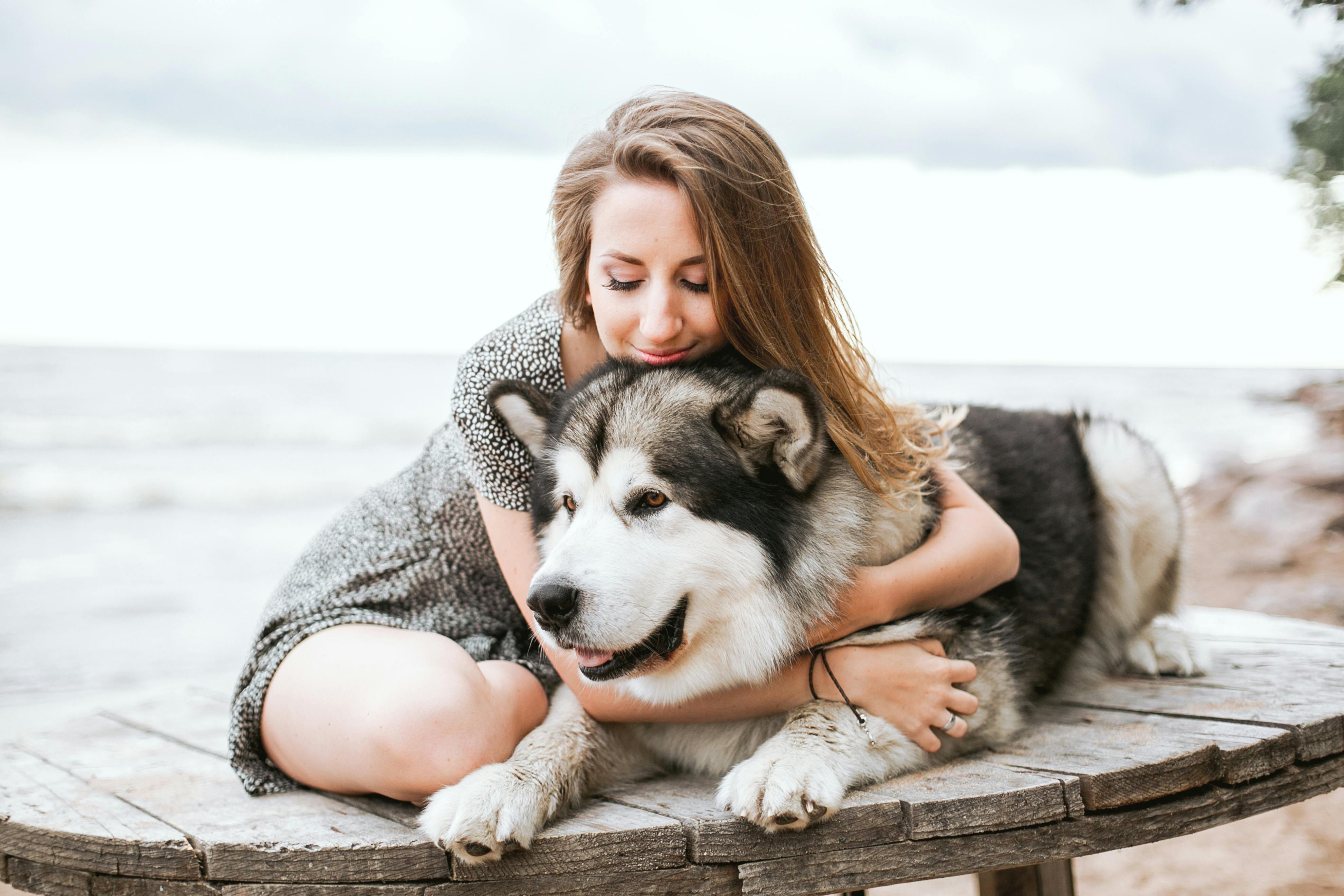
Make training your dog more successful and fun using a training formula
Whenever you’re training your puppy or adult dog, it’s a good idea to have a formula to work with. Training formulas help you instruct your dog in an established way. Whenever I’m training a dog, I use a formula that encompasses the following principles: handling, patience, encouragement, reward, consistency, and fun. No matter what I’m teaching the dog to do, say sit, lie down, or run, I tend to get quick results by using a fixed pattern for training.
If you’re teaching your young pup or older dog new behaviors, or reinforcing familiar behaviors, try using a model yourself. The training system that I have described above is simple and easy to use. Give it a try and you will not only see a difference in your training results, but also in the time it takes your puppy or older dog to learn new behaviors.
Let us now see how a training model can be used in practice. I will break down each part and give examples.
Management
Handling is an essential part of dog training. In order to train your dog effectively and with as little fuss as possible, you need to manage several things in your dog’s life; This will include things like living space, access to him or certain areas of your house, his food, it will also include fun things like access to toys, people he likes and exercise for example.
If you’re training your pup to come when called, for example, you may not be able to trust him to come right away. If this happens too often, you may unintentionally teach your pup not to come, instead to come when called, so handle the training situation by tying him to a long training leash, so you have more control over his movements. This way your training will be more successful.
Patience
Patience is a potent ingredient in our formula. Being patient will encourage your dog to keep trying, when things don’t go your way, remember, we all have our days off, including our dogs. If you communicate to your dog that you are angry or irritated with his performance, he may not like the training sessions and the training goals you want to achieve with him may take longer to achieve.
Cheer up
Courage goes hand in hand with real patience. Again, his dog is much more likely to do well with a good amount of him. Verbally encourage him when you take him through an exercise; “What a nice boy” or “smart girl” along with an encouraging tone of voice will communicate to your dog that he is getting closer to achieving his goal.
prize
Every time your dog gives you a correct answer during a training session, he should receive a reward from you. The reward you receive can be a treat, a game, or something your dog likes. Remember, all dogs are different, so find out early what kinds of things your dog likes for treats. Again, controlling the things your dog likes will encourage him to work harder during his training sessions, for example, not feeding your dog before a training session and using small treats will get you the results you want much more. fast.
Consistency
To train and maintain the behaviors you teach your dog, you must be consistent. Create training sessions that are short in duration, for example if your puppy is very young keep each session around five minutes, you can increase the training time if you have an adult dog, but I would recommend no more than ten. minutes per session. Do several of these short sessions throughout the day, this way your pup won’t get bored.
Fun
Make training sessions fun for your dog, as doing so will encourage him to look forward to it and he will remember more of what he has learned. For example, if you are teaching your puppy to lie down, take one of his favorite toys and play with it for a few minutes, then place the toy on the floor and cover it with your hand, chances are that as you do this, your puppy will fall to the ground and try to get the toy out from under your hand, when he does, you can give him his toy.